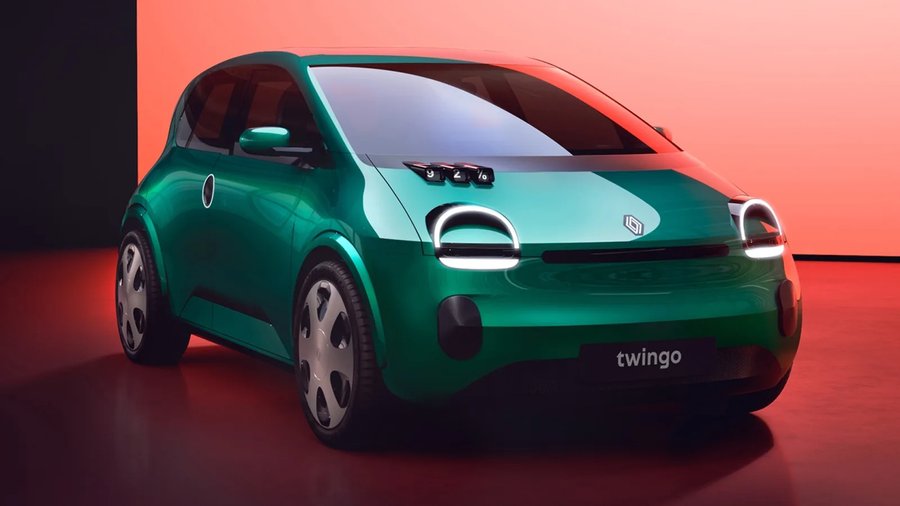Volkswagen and Renault Won't Build an Affordable EV Together

Facing an influx of cheap electric cars from China, European automakers have legitimate reasons to worry. Renault wanted to create an alliance with Volkswagen to better compete with imports but to no avail. A jointly developed EV with a low starting price is not happening. Speaking with Reuters, Renault CEO Luca de Meo said the talks between the two parties have ended.
The French company's head honcho calls it a "lost opportunity," but he suggests that Renault is still open to collaborating with other car manufacturers: "There may be others." VW refused to comment, but the two major automakers have officially parted ways. Meanwhile, Renault is riding solo and still aims to have the next-gen Twingo on sale in 2026.
It's worth noting the old Twingo is still around, both with combustion engines and as an EV. The all-new city car will come exclusively in zero-emission guise and undercut the Renault 5, which is kicking off from about €25,000 ($27,000) before incentives. The new Twingo is projected to cost less than €20,000 ($21,600).
It's unclear what VW plans now that it's no longer negotiating with Renault. The Wolfsburg company could use an entry-level EV that would undercut the ID.3 and act as a replacement for the e-up! Something along the lines of an ID.1. VW technical development boss Kai Grunitz has already suggested it would be priced at under €20,000 ($21,600). He projected it would go on sale around 2027.
The battle in the entry-level EV segment is heating up, not just because of Chinese cars flooding Europe. The Dacia Spring is a roaring success, albeit that one too is technically a Chinese car. A better example is the Citroën e-C3, which costs €23,300 and is getting a base version with a lower driving range for €19,990.
In the United States, automakers largely focus on crossovers for their EV ambitions. There's the Fiat 500e and Nissan Leaf on the affordable non-SUV side, with a new Chevrolet Bolt coming next year. The new electric Mini 3-Door could also come to America as well later this decade, but only after production starts in Oxford in 2026.
Nouvelles connexes


